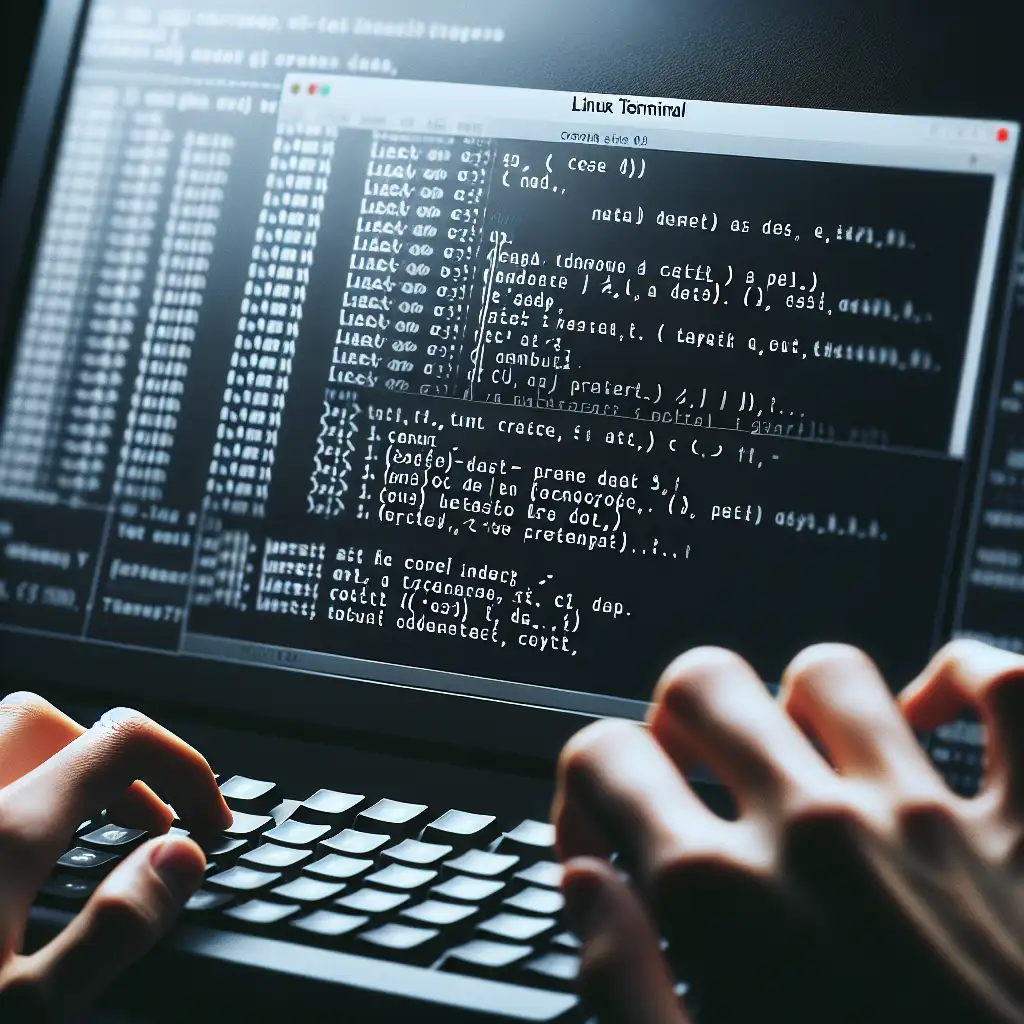Mastering Linux from the Command Line: The Essential First Step for New Learners
Forget the GUI—jump straight into the Linux terminal and learn by doing. This hands-on approach demystifies Linux and prepares you to handle real-world tasks that no point-and-click tutorial can teach.
If you’re new to Linux, the command line might look intimidating at first. However, understanding this powerful interface is your essential first step to unlocking Linux’s true potential. Unlike graphical user interfaces (GUIs), the command line lets you interact with your system in a direct, flexible, and efficient way. Whether you want to troubleshoot system issues, automate repetitive tasks, or explore deep customizations, mastery of the Linux terminal is your gateway.
Why Start with the Command Line?
GUIs are user-friendly and great for beginners but only scratch the surface of what Linux can do. The command line:
- Offers direct control over system processes
- Enables automation through scripting
- Provides a universal skill applicable across distributions
- Is faster and more resource-friendly than GUI tools
Starting at the terminal empowers you to learn by actually executing commands, seeing immediate results, and gaining confidence through practice.
Getting Started: Opening Your Terminal
On most Linux distributions, you can launch the terminal by:
- Pressing
Ctrl + Alt + T - Searching for “Terminal” or “Console” in your app menu
Once open, you’ll see a prompt ready to accept commands:
user@hostname:~$
The prompt shows your username, system name, and current directory.
Basic Commands Every New Learner Should Know
Here are some foundational commands that build your comfort with navigating and managing your Linux system:
1. Navigate Files and Folders
-
pwd– Print Working Directory
Shows where you currently are in the file structure.pwd /home/user -
ls– List Directory Contentsls Documents Downloads Pictures -
cd– Change Directorycd Documents
2. Manage Files
-
touch– Create an empty filetouch example.txt -
cp– Copy files or folderscp example.txt backup_example.txt -
mv– Move or rename filesmv backup_example.txt old_example.txt -
rm– Remove filesrm old_example.txt
Be careful with rm, as it deletes files permanently!
3. Viewing File Contents
-
cat– Display file contentcat example.txt -
less– View large files page by pageless example.txt
Use arrow keys to scroll; press q to exit.
4. Getting System Info
-
uname -a– Show kernel version and system info -
df -h– Display disk space usage in a readable format
df -h
Filesystem Size Used Avail Use% Mounted on
/dev/sda1 50G 15G 33G 31% /
Hands-on Practice: Your First Mini Project
Try creating a small project folder, add some files, and organize them:
mkdir MyProject # Make directory called MyProject
cd MyProject # Enter that directory
touch notes.txt # Create an empty text file named notes.txt
echo "This is my first Linux project." > notes.txt
# Write text into notes.txt using echo command redirection
cat notes.txt # Verify that content is there
mkdir scripts # Create subdirectory called scripts
mv notes.txt scripts/ # Move your notes into scripts folder
ls scripts # List contents of scripts directory; should show notes.txt
This simple set of commands familiarizes you with creating directories/files, writing text, moving files around — essential foundational tasks.
Tips for Continued Learning
- Use Manual Pages (
man)
Each command has a manual page explaining usage and options.
man ls
-
Experiment Safely
Don’t be afraid to try commands — use a virtual machine or live USB if possible so mistakes don’t risk your main system. -
Learn Common Bash Shortcuts:
Tabfor auto-completion- Arrow keys for command history recall (
↑,↓) - Ctrl+C to stop running processes
- Explore Shell Scripting
Once comfortable, start automating tasks with basic shell scripts — this accelerates learning exponentially!
Final Thoughts
Mastering Linux from the command line sets you up for real expertise. It reduces reliance on GUIs and makes you confident in handling any task—from installation and configuration to advanced troubleshooting.
So next time someone tells you “just click here,” jump into the terminal instead with curiosity and persistence. The skills you build will pay off in all kinds of IT roles—and beyond.
Have questions as you start? Drop them in comments below or share your first bash command stories!
